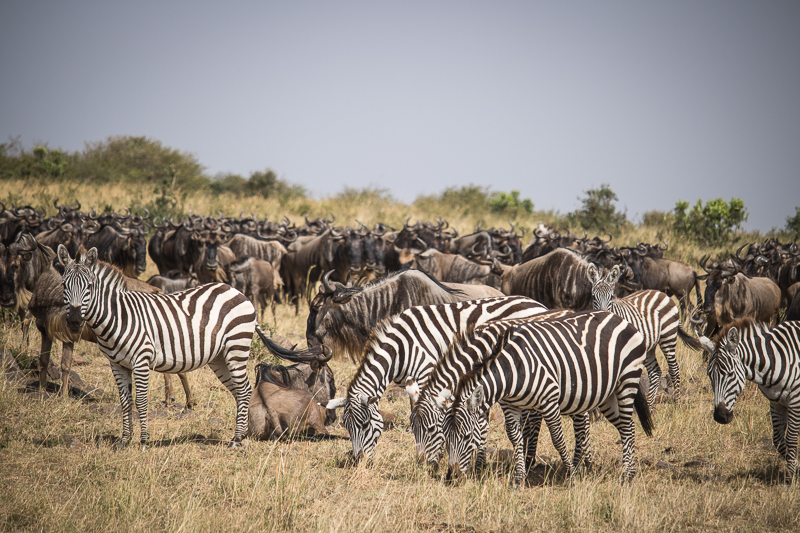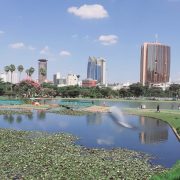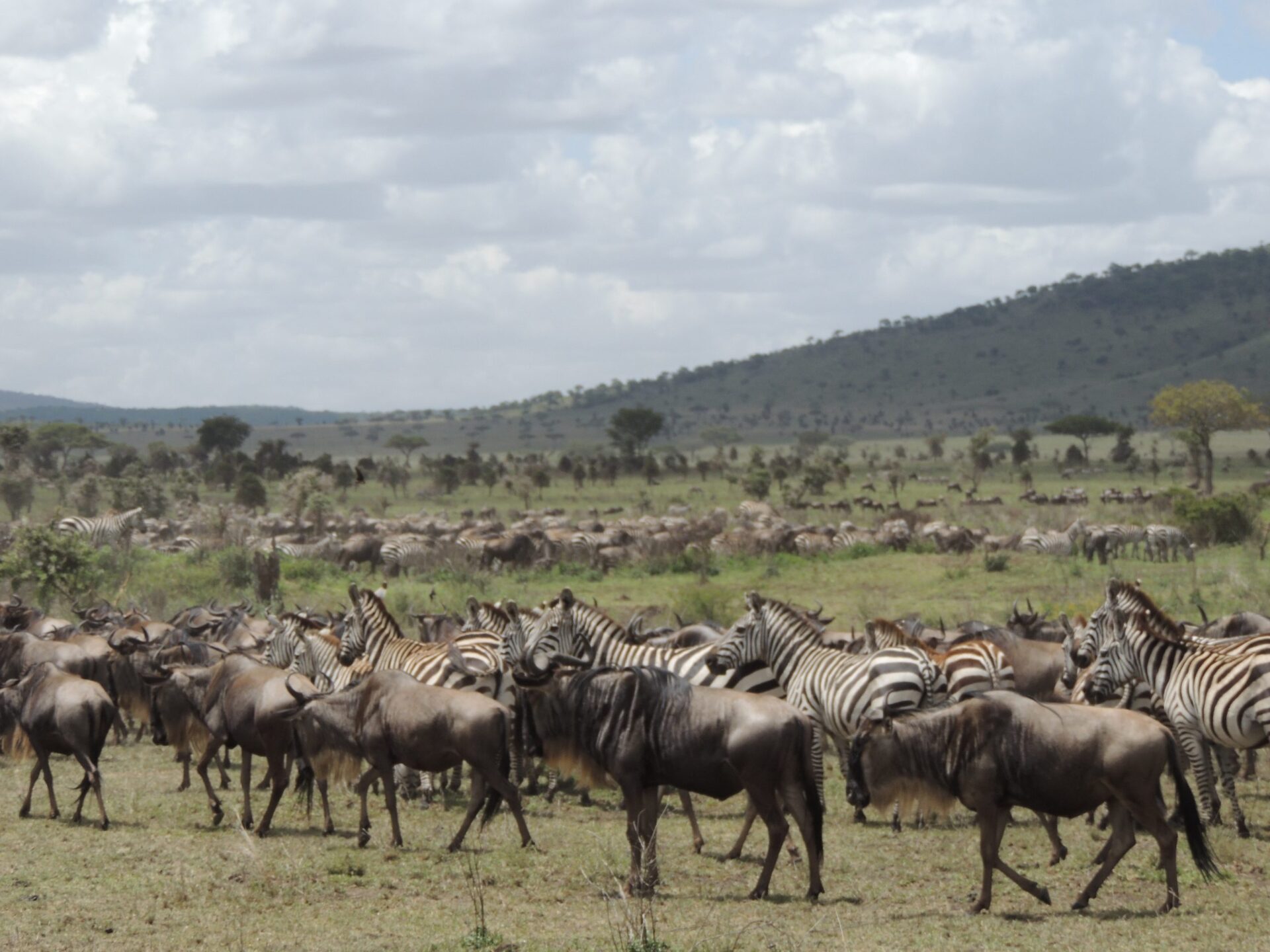
The Great Wildebeest Migration.
The Great Wildebeest Migration is a natural phenomenon that takes place annually in the Serengeti ecosystem, which includes the Serengeti National Park in Tanzania and the Maasai Mara National Reserve in Kenya. The migration involves over 1.5 million wildebeest, as well as hundreds of thousands of zebras and gazelles, moving in search of fresh grazing and water.
The migration typically begins in the southern Serengeti in Tanzania around January, where the wildebeest give birth to their young. From there, the herds move northward through the Serengeti and into the Maasai Mara in Kenya in search of fresh grass. The herds then return to the southern Serengeti around November.
The Great Wildebeest Migration is considered one of the Seven New Wonders of the World and it is one of the most spectacular natural events in the world. It attracts thousands of tourists every year, who come to witness the incredible spectacle of such a massive number of animals on the move. The best time to witness the migration is between July and October, when the herds cross the Mara River.
However, it’s important to note that the migration is a natural event and it’s timing and the path it takes can vary depending on different factors like weather, vegetation, and predators.





